A drummer of uncommon skill, Jon Dette has built up a formidable reputation as one of metal’s great sticksmen. Over a career that has spanned some twenty years, Jon has warmed the stool for a number of demanding acts including Slayer, Anthrax, Iced Earth ad Testament. What he has arguably lacked is a full-time home for his skills, but all that has changed with the development of Meshiaak, the thrash metal supergroup who’s astonishing ‘Alliance of thieves’ debut has garnered much-deserved praise from fans and critics alike (if you missed our review, you can check it out here). Brutal, yet melodic, the album is a thrilling, adrenalin-charged ride that marks out the band as something truly special, and we were lucky enough to be able to talk to Jon about the development of the release and his contribution to the band.
Just to get a feel for how you came to join Meshiaak, obviously you have a long history in the music industry and I was wondering what attracts you to a given project and makes you want to become a part of it.
Well first and foremost it’s the music. Hearing the Meshiaak songs, for the first time, even though they were very raw, rough versions, I could hear what the end result would be and I could also hear what kind of drum beat I would put onto the song structures and things like that. Originally I was going in to do this record with the intent of just recording the album with the band, but what made me really want to be a part of the band, on top of the music, was that after I’d had a chance to actually meet all the rest of the guys in person and had a chance to hang out; you know, not just make and jam music together, but actually do stuff that had nothing to do with music, you know, just go out and have a beer – that’s what led to me joining the band. I like to tell people we went into the studio to make a record and we came out of the studio as a full band. So, you know, I’ve been waiting for the band that could be a part of and have the opportunity to be a member of and start from the ground up, and I feel that Meshiaak has all of those elements that I, personally, am looking for. Great music and great people behind the music to take it forward. I just… never thought I would find the band half way around the world!!! But that’s really a minor issue as all my involvement with bands over the last five years, getting together in a jam room required a plane flight, so it’s nothing new. It’s not going to be anything different with Meshiaak, it’s just something that I do… maybe a longer plane flight! But I’ll get good air miles!
You’ve said in interviews in the past that one of the things that distinguishes Meshiaak for you is that everyone in the band has an equal voice, but how does that translate with regard song-writing duties?
Well, the thing about everyone being a full member of the band is that we’re discovering who has their strengths and in what area. This record in particular, a lot of the heavy lifting was done by Danny and Dean, so… Nick, like myself, came in after a lot of the song structures and ideas were created for the record, so as far as the writing process goes, Dean and Danny were the ones who took the lead on that. Once I became involved with it, I created the drums that go on to the songs and, I think we’ll have to see how that works for the next record because at the time this record was written it was just two individuals, so things grow and evolve… and, as I said, my involvement in the writing process started when the band flew up from Australia to Oakland, California, which is where we tracked the drums, and that’s really where I had a chance to work with the and you could see the drums really coming to life and, really, the songs coming to life. It wasn’t a simple drum machine on the album, on these songs, and then when Nick put his two cents on it as well, that’s when the holes started to get filled in, so to speak. If that song formula works for the next record then so be it, I’m all about what’s best for the band and Dean in particular, (other people may not realise) but he’s actually a producer back in Australia and he works with other bands and TV stations and stuff like that, and it was a really added benefit to the band for this record, because Dean really produced the record and he brings a strength and a quality, on top of his musicianship, for this and if that’s something that will work in the future, then great, I’m all for it. I’m not going to be that guy who says “Oh, I have to be involved in this”, that’s what I love about the band, there’s no egos, everybody’s a full member and if Dean’s good at this, or I’m good at something else, well great, we all get to learn what our roles can be outside of the music, or in the music and, as I said, it’s a brand new band and we’re all learning this as we go along as well. At the end of the day we’re just four guys who want to make great music that we really like and hopefully everybody else likes as well.
It’s interesting because I very rarely get to speak to drummers in bands and I was wondering about the process that goes into crafting the drums. For example, the song writer will develop the track and maybe throw some basic digital patterns on, but how do you go about putting your own unique voice into the mix and how do you avoid getting unconsciously influenced by whatever beat is stuck on their electronically?
Great question! In particular with this record, this was actually one of the first records that I had complete freedom and free reign to make it my own. As you mentioned, with the exception of two songs, all the songs were basically written and arranged to a degree prior to us getting in a room together. So They had basic drum ideas on there, so what I did was I would listen to the demos and I also asked for the demos to be sent to me with no drums at all. So I could hear a basic rough idea of what they wanted, for example was it a half-time beat or a thrash beat, is the snare on the one or the two or the four. But that was really just to get a rough idea of what they were thinking with song structure and I listen to both versions, because if I play something and it doesn’t go with what’s on there then I want to listen to just the guitars so that I’m not getting distracted while I’m trying to think of another drum beat because I’m hearing this half-time beat or thrash beat or whatever. I’ll come up with something where I don’t want to do a simple beat on a high-hat or a snare, I want to do like a tom kind of thing, like at the beginning of ’drowning, fading, falling’, something like that originally had a straight beat on it and I wanted to do more of a tribal kind of thing.
So, to answer your question, it’s really… I just listen to the stuff over and over again and with this record I made it a point not to practice any of the songs until I got in the room with the guys. We had about two weeks of pre-production before we went into the studio, so… the reason I did that was I didn’t want… I wanted the album to sound fresh and exciting drum wise. A lot of musicians can tell you that when they’re playing a song for the first time that they’ve just created, there’s a different energy to it than a song you’ve been playing for years and years and years. I wanted to capture that element, when I was crafting the drums. I didn’t want to work on the songs for months and months and iron out the drum fills. I didn’t even know the drum fills I was going to do when I was tracking half of these songs! All I did was stuff that came out, and I would track each song two or three times and it was never the same thing twice. I had an idea, like I’ll do a tom-snare thing there or whatever, but I don’t over-think stuff like that. I hate trying to record something and every little note has to be like this, this, this. I’d rather have the feel and the energy, and that’s why I didn’t practise any of these songs before I got into a room with the guys in Oakland. But once we got into a room it was full-on. It was plug in and go! We were doing twelve-thirteen hour days, really diving into the songs and getting them to where they needed to go; really putting in the work, and then, once we had that down, we entered into Jingltown studios, the result is what you’re hearing now, which I think is a fresh, exciting drum performance that doesn’t sound structured or worked out.
Of course there are structured parts, but at the end of the day it has this energy feel where the fills that you hear, in particular, are on the fly. You know, I’m still having to listen to the songs to figure out what I did there! I’ve got to play this stuff live and I’ve got to relearn it because I didn’t practise the songs for weeks on end, I practised them for, maybe, hours and then tracked it and that was it. So it’s going to be an interesting time when we get ready to tour, because I’ll have to start learning all of this.
You mentioned the energy of the album, and I agree, the album sounds huge with an old school vibe and also I think it’s also a very cohesive album. A very unsung part of the process of creating an album is the sequencing, how long did you spend trying to develop the ebb and flow of the record?
Again, a lot of the songs were written prior to me coming in. I can tell you that the last track on the record, ‘death of an anthem’, was the last song that, well second to last song, that was really missing from the overall vibe that we were looking for. Dean in particular was very much convinced that we had these songs but that there was an element missing and then, I remember, he mailed the file to me and Danny and said “Hey I came up with this, check this out!” and it was like “Holy Shit!” It was exactly what the record needed. I think overall, it has all the elements that we were looking for, as far as we wanted songs that were just in your face thrash. For example, the opening song, ‘chronicles of the dead’, is just a statement of what we can do and what we’re capable of, but at the same time it shows the musicianship of the band. Then, as the tracks start to progress, you kind of see what we’re about because, whether it’s a thrashy song or a mid-tempo song, we’re just putting the elements that we like to create into that. In particular, with ‘death of an anthem’, that’s Dean’s baby, but at the same time it’s just an amazing showcase for Danny’s vocal capability. Having something like that, and also the song, ‘At the edge of the world’, it gives a roundness to the record where it’s not just one-sided with a bunch of thrash songs on it. I think if every song was like ‘chronicles of the dead’ or ‘alliance of thieves’ or ‘last breath taken’, I think it’d be a good record, but I don’t think it would be an outstanding record.
I think that, overall, we’re just looking to have a variety of songs, when we’re putting stuff together and that’ll happen as we move forward as a band as well. As far as the sound of the record, we recorded the drums on 2” tape and recorded, essentially all the tracks, on to 2” tape because we feel that there’s a warmth to recording on tape. You mentioned old school bands and of course before pro tools and all this technology came along, everyone recorded on 2” tape – and there’s just a different sound to it. We really wanted to capture that and I think we’ve one that. The other thing that I’m really happy about on this record is that we didn’t quantize the drums. We took bits and pieces of different takes – I generally would do three – and we’d take the best parts, just like all records are done. But you can hear that my bass drums aren’t precisely perfect or my fills aren’t perfect or there’s a bit that might speed up a little or slow down a little bit. We really wanted that and we didn’t want to put everything on a grid. You listen to some of these records today and, I get it, the budget for making records for metal bands is not that great, so putting things in pro tools and putting drums on a grid and quantizing and all that, it speeds up the process which makes things cheaper, I get it, but at the same time, there’s just something that makes the drums, to me, sound synthetic. And, again, I wanted to capture my performance in the studio as fresh as it could be and, if that means there’s some stuff that’s a little off, then so be it. I can’t speak for the rest of the guys on their performance, but I think it sounds amazing and, again, I just don’t think we overthink the song writing process or what we do for a record, I think we just want to make great songs, that have a variety of elements to them, that ultimately is Meshiaak.
The press release mentions classic releases of thrash and metal like ‘Ride the lightening’, and one feature of those albums is the iconic cover art that goes with albums like that and ‘rust in peace’ and ‘master of puppets’ and so I wanted to ask about how involved the band is with the cover art and imagery of Meshiaak?
Well the band is involved 100% in the artistic direction, in fact the album cover itself, that was really Danny’s area. Danny is a tattoo artist back in Australia, so he worked with another artist to design the album cover with the skull and all the mechanical pieces going on there, and the compass dial in the forehead with the eye and all that. It’s really detailed and intricate. It’s interesting because you look at the album cover at first and you think ‘OK, there’s a skull and stuff around it’, but when you start looking more closely you start to see all the intricate details of it. Again, it’s something that Danny… he was trying to visually create something that would encompass what the band is all about and the album cover is the end result of that. It’s his conception, and what he worked on with the artist that drew that.
They physically made that?
Yeah, what you’re looking at is hand drawn and then, whether they augmented it through a computer system or they drew it like that, that’s more of a question for Danny, but he worked on that with an artist from beginning to end so yeah, it’s absolutely intricate and really amazing… I can’t wait to see it on a vinyl! We’re actually having vinyl made for this record. One of the reasons I loved vinyl as a kid was that you had this big product in your hand, and I never realised that until you got this dinky little CD! I kind of missed all that, I want to see the artwork and see the detail – I don’t want a magnifying glass! I want to read all the credits and I’m really excited to see what this is going to look like when it comes out.
You mentioned live dates – have you guys thought about when and how to take this out on the road?
We’re not thinking about it – that’s what I’ve been working on with our manager for weeks now. We have several tour packages that are currently presented to Meshiaak. So we’re just trying to see which one is going to fit best. So the ultimate goal is to get out on the road by the end of this year and then tour heavily in 2017, so, you know, most likely you’ll see us as a support band with a larger group, that’s just the best way to do it, but then once we’re out on a tour like that, we’ll have some pocket dates in between where we can do our own shows. SO that’s something we’re working on right now and you can expect to see us in the States and Europe, Japan, South America and in the UK at some point next year.






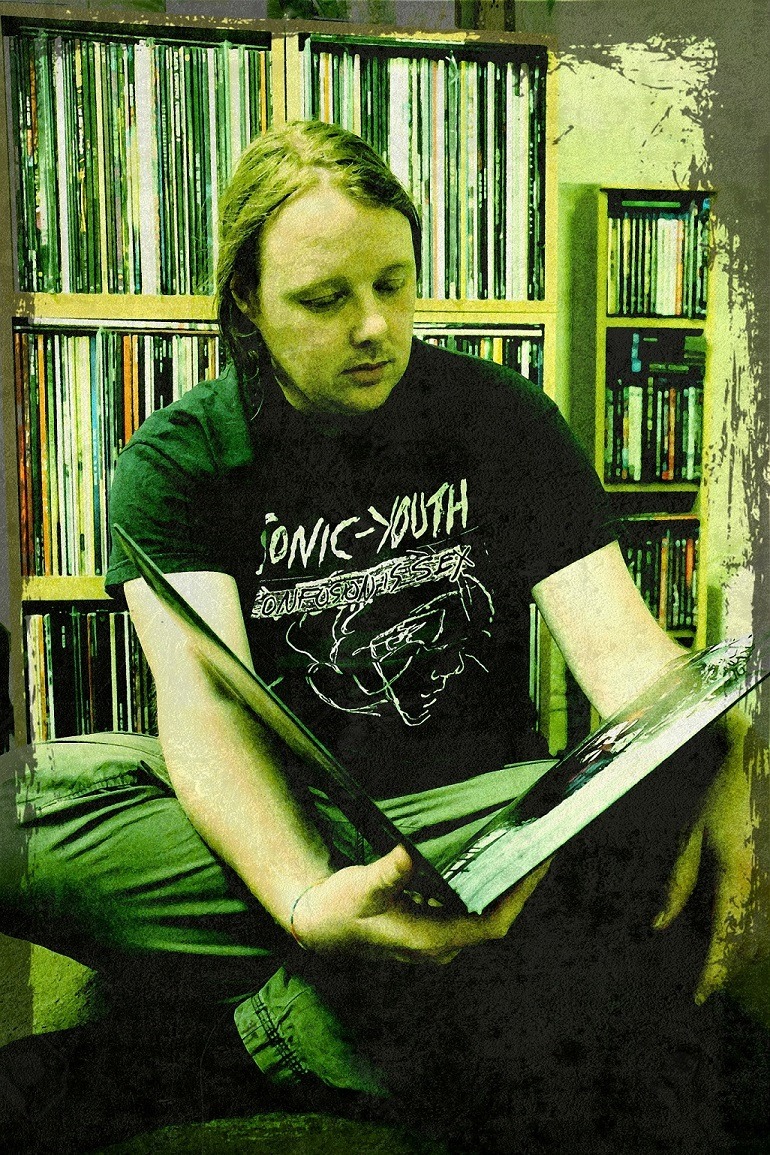
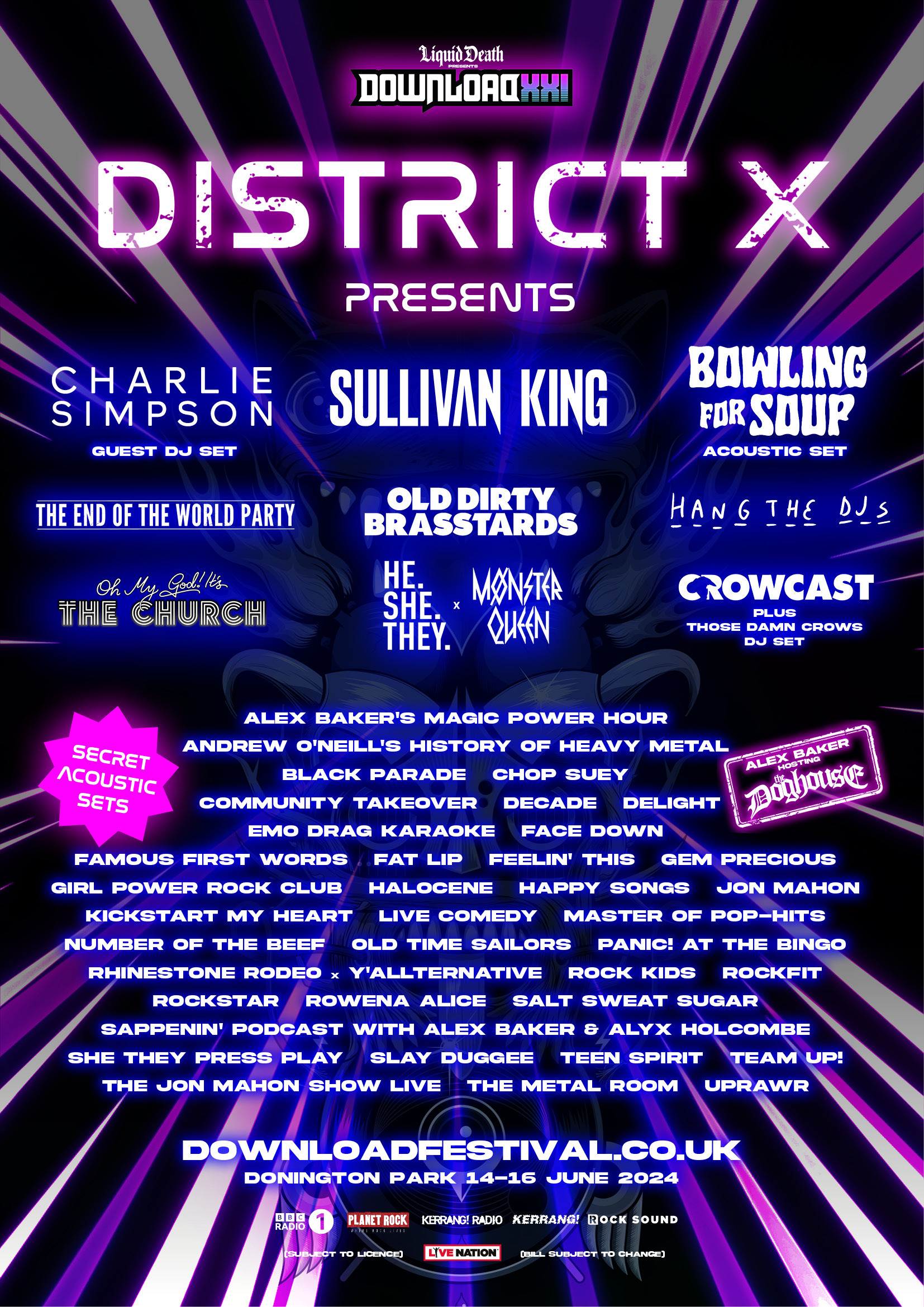
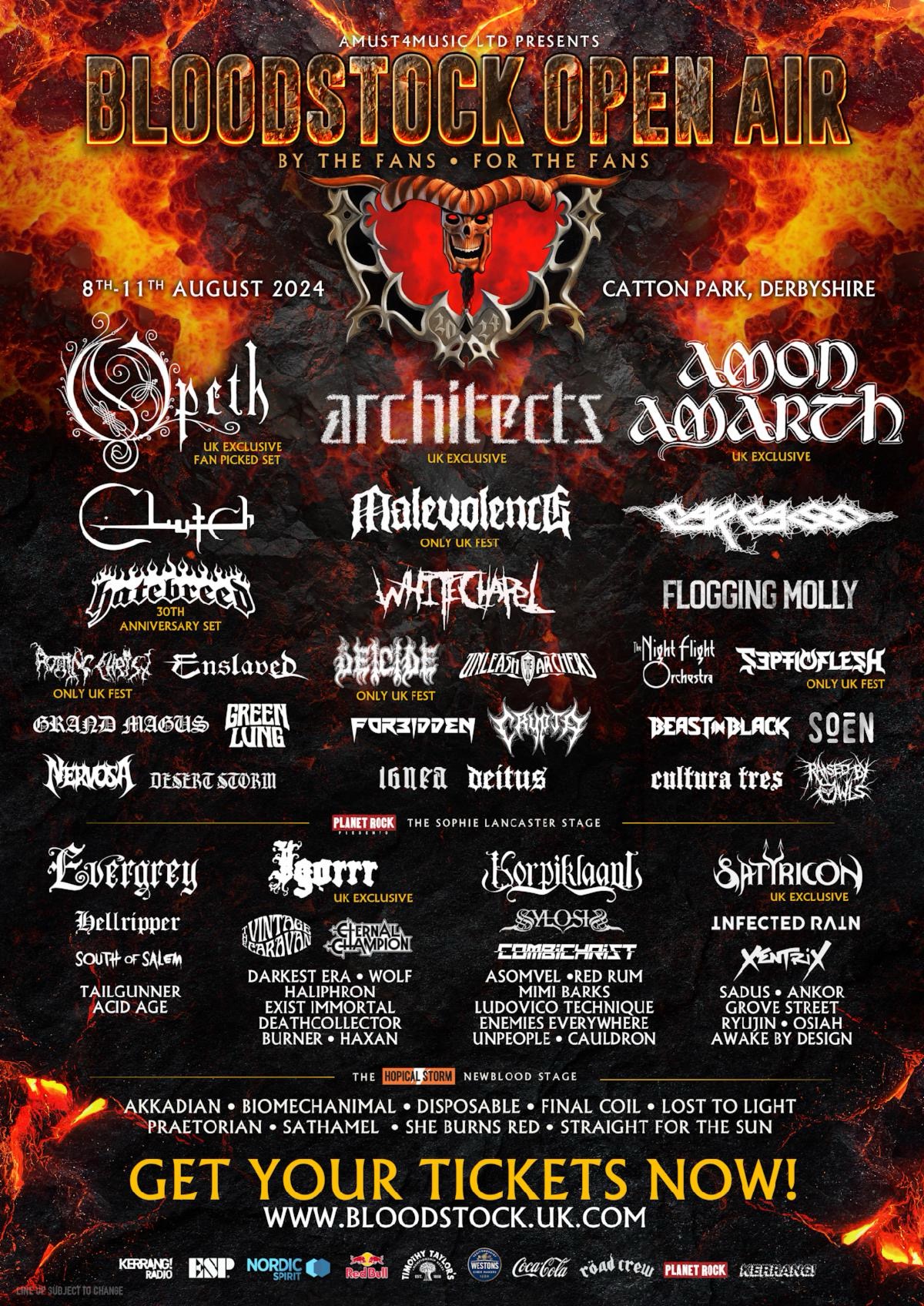
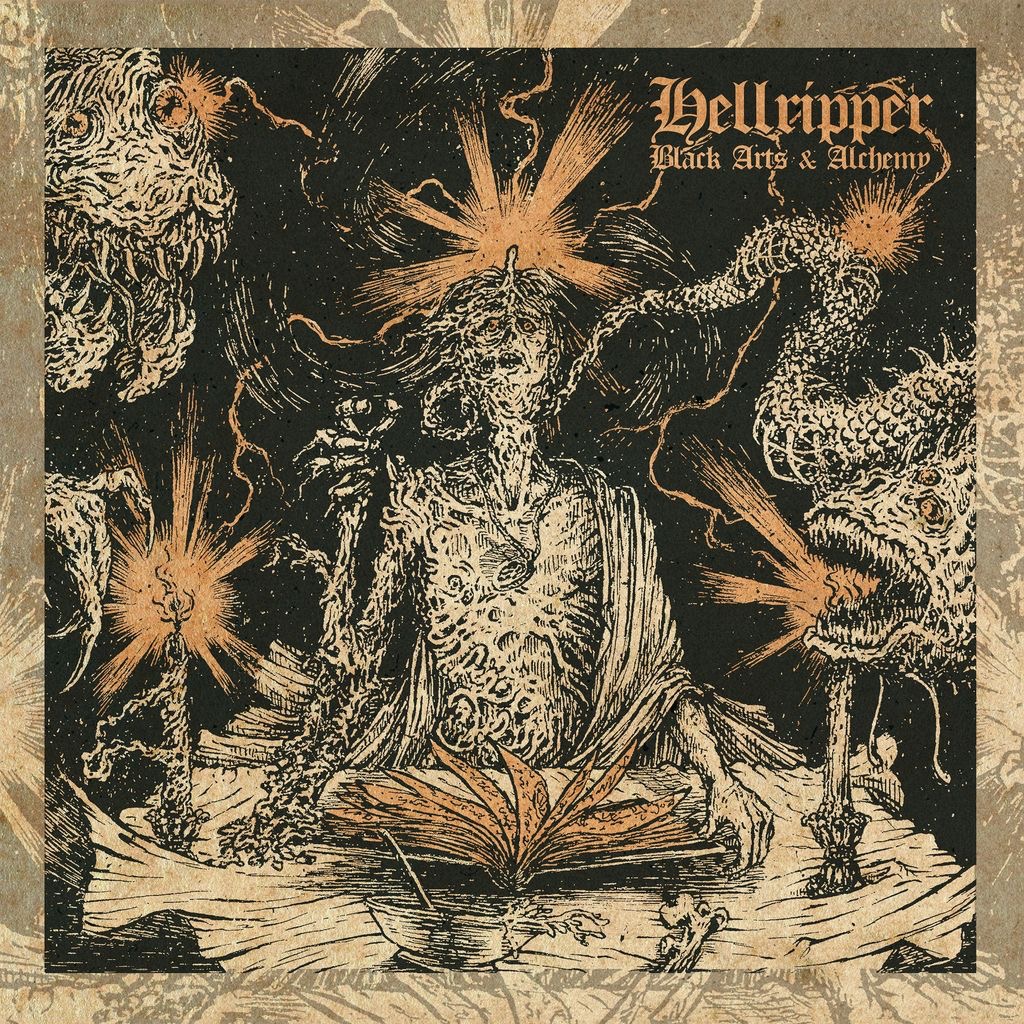
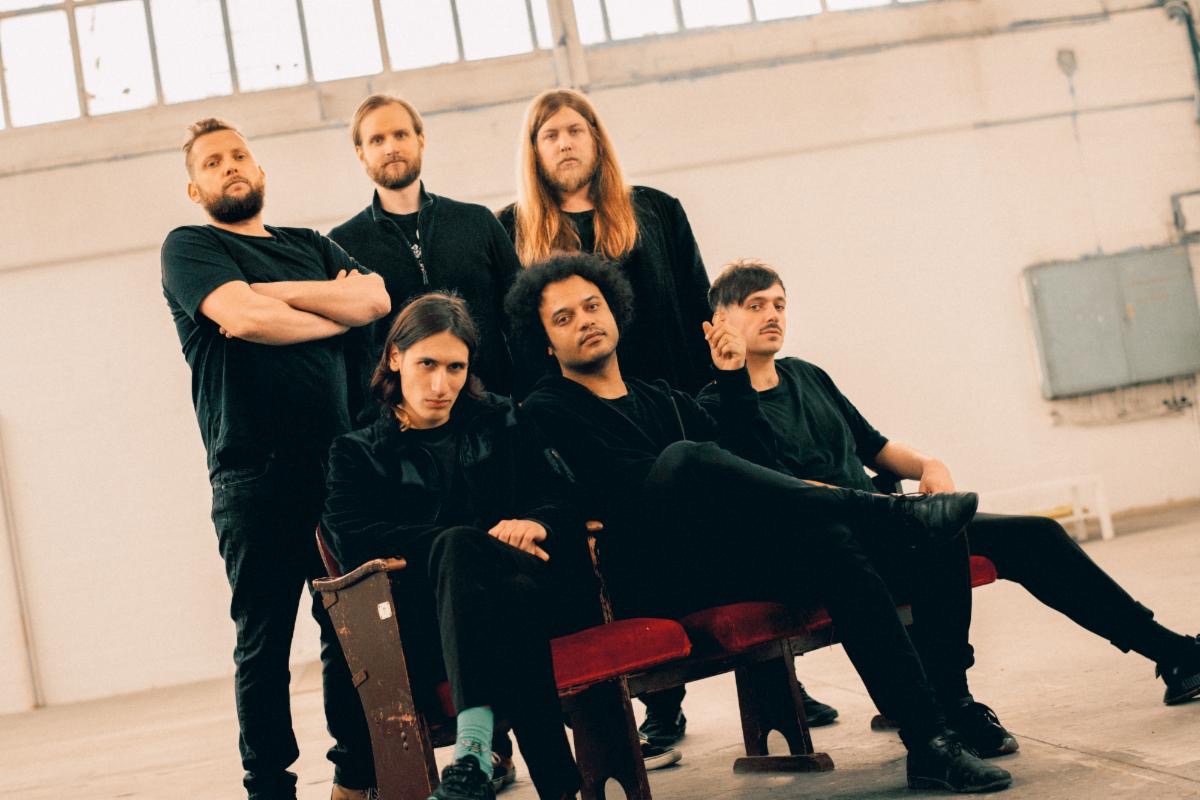
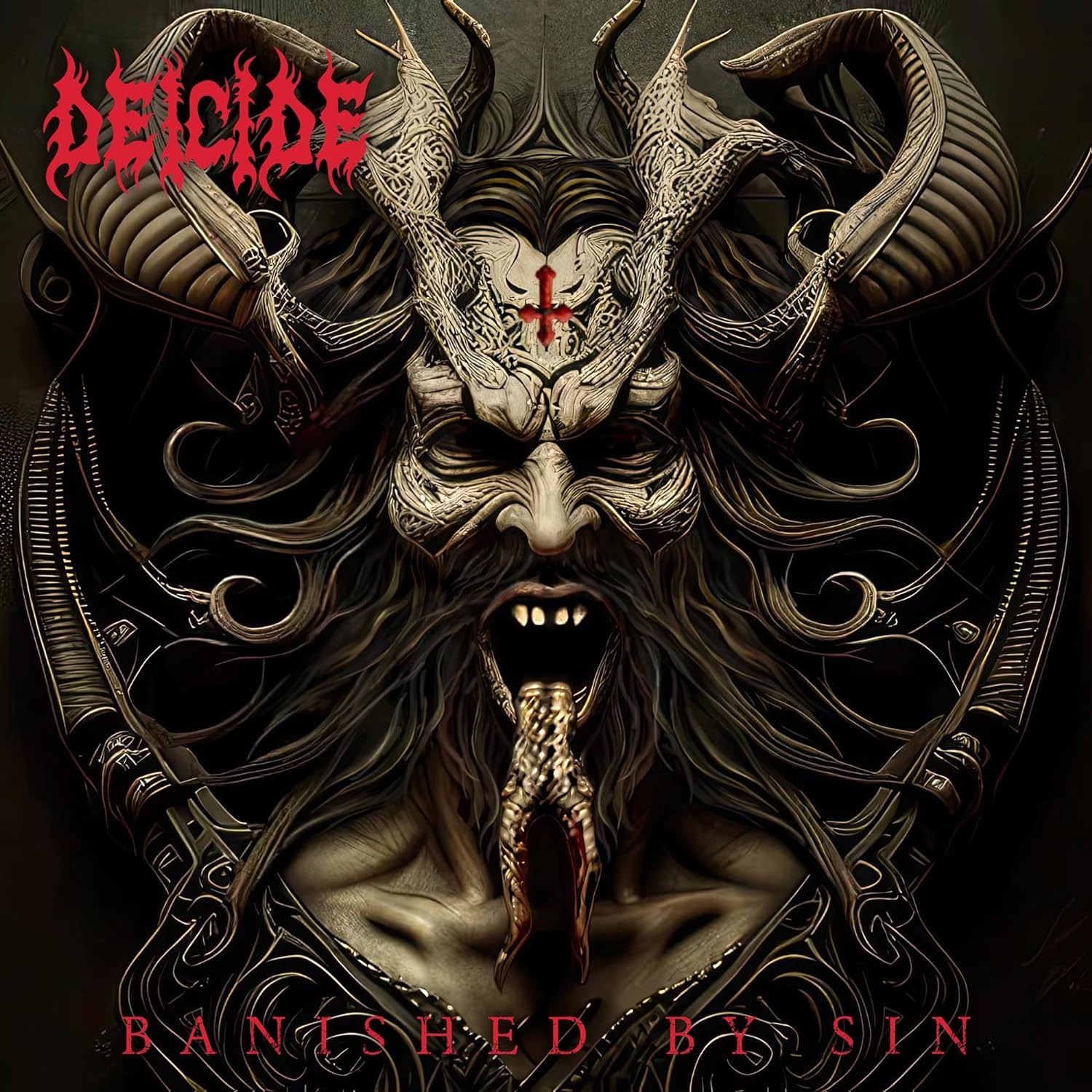

Leave a Reply